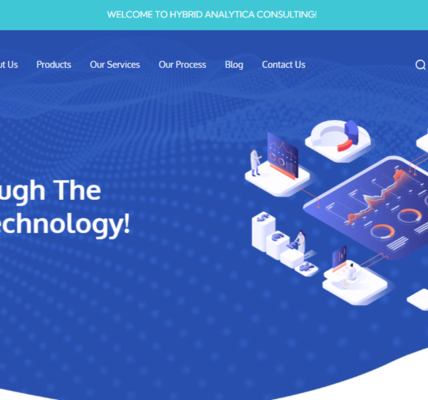In an era defined by rapid technological advancement and increasing competition, businesses across all sectors are constantly seeking ways to enhance operational efficiency and reduce costs. One transformative solution that has emerged is the adoption of Automated Guided Vehicle (AGV) robots.
These sophisticated machines are revolutionizing the way tasks are performed in various industries, from manufacturing and logistics to healthcare and retail. This article delves into how businesses can harness the power of AGV robots to streamline operations, boost productivity, and stay ahead in the competitive landscape.
The Rise of Automated Guided Vehicles
AGVs are self-operating robots designed to transport materials and goods within a facility without human intervention. Equipped with advanced sensors, navigation systems, and sometimes artificial intelligence (AI), these robots follow predefined paths or use real-time data to navigate dynamically through environments. The adoption of AGV technology signifies a shift towards more automated, efficient, and scalable operations.
Key Benefits of Implementing AGV Robots
Enhanced Efficiency and Productivity
AGVs operate with precision and consistency, drastically reducing the time and human error associated with traditional material handling methods. They can work around the clock, ensuring a continuous flow of operations and significantly increasing overall productivity.
Improved Workplace Safety
By taking over the transportation of heavy or hazardous materials, robot automation minimize human exposure to potential workplace hazards. This not only reduces the risk of accidents and injuries but also contributes to a safer and healthier work environment.
Cost Savings and ROI
While the initial investment in AGV technology may be substantial, the long-term savings on labor costs and the reduction in workplace accidents present a compelling return on investment. Additionally, the increased efficiency and productivity can lead to higher profitability and a competitive edge in the market.
Flexibility and Scalability
AGV systems are highly adaptable, capable of being reprogrammed and integrated with new routes and tasks as operational needs evolve. This flexibility allows businesses to scale their AGV fleet up or down, depending on demand, without the complexities associated with hiring or training additional staff.
Advanced Features and Technologies in AGVs
Navigation and Mapping
Modern AGVs are equipped with sophisticated navigation technologies, such as laser guidance, magnetic tracks, and vision systems. These enable precise and flexible pathfinding capabilities, allowing AGVs to efficiently navigate complex and dynamic environments.
Integration with IoT and Data Analytics
By integrating AGVs with the Internet of Things (IoT) and data analytics platforms, businesses can achieve a new level of operational insight. This integration provides real-time monitoring of AGV performance, predictive maintenance, and data-driven decision-making to further optimize workflows.
AI and Machine Learning
The incorporation of AI and machine learning algorithms allows AGVs to learn from their environment, improve route optimization, and make autonomous decisions. This not only enhances their efficiency but also enables them to adapt to unexpected changes in their operating environment.
Implementing AGV Robots: Considerations and Strategies
Assessing Operational Needs
The first step in harnessing the power of AGV robots is to conduct a thorough assessment of your operational needs and objectives. This includes identifying the tasks that can be automated, the type of AGVs that best suit your needs, and the potential return on investment.
Customization and Integration
Selecting AGVs that can be customized and seamlessly integrated with existing systems and workflows is crucial. This may involve working with AGV manufacturers or specialists to ensure the robots are tailored to your specific operational requirements.
Training and Change Management
Implementing AGV technology requires a shift in workforce dynamics and processes. Providing comprehensive training for staff and implementing effective change management strategies are essential for ensuring a smooth transition and maximizing the benefits of AGV adoption.
Continuous Evaluation and Optimization
After deployment, continuously monitoring the performance of AGV systems and seeking ways to improve and optimize their operation is vital. This ongoing evaluation can lead to further efficiencies, cost savings, and enhancements in operational effectiveness.
The Future of AGVs in Streamlining Operations
As technology continues to advance, the capabilities of AGV robots are expected to grow, offering even greater opportunities for operational optimization. Future developments may include more advanced AI for improved decision-making, enhanced collaboration between AGVs and humans, and greater integration with other automated systems. The potential of AGVs to transform operations is vast, and businesses that capitalize on this technology can expect to achieve significant gains in efficiency, safety, and competitiveness.
Conclusion
Automated Guided Vehicle robots represent a significant leap forward in operational efficiency and innovation. By leveraging the power of AGVs, businesses can enhance productivity, improve workplace safety, and achieve substantial cost savings. As we look to the future, the continued evolution of AGV technology promises to unlock new possibilities for streamlining operations and driving business success. The journey towards fully automated and optimized operations is well underway, with AGV robots leading the charge.



